Reproduction in Plants Worksheet-2
(a) It most often results in higher yield of plants
(b) It occurs only in unisexual flowers
(c) It can fail to occur due to distance barrier
(d) It requires production of large number of pollen grains
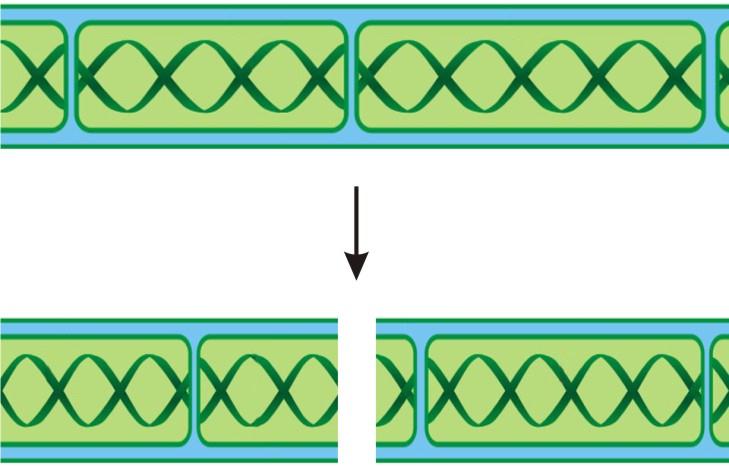
(a) Budding (b) Fragmentation
(c) Regeneration (d) Fission
(a) Shedding of pollen from anthers
(b) Similar to fertilization of animals
(c) Transfer of pollen from anthers to stigma
(d) Transfer of pollen from anthers to ovule
(a) Fruit: Drum stick; Agent of dispersal: Wind; Part of seed which helps in dispersal: Wings of seed
(b) Fruit: Madar; Agent of dispersal: Water; Part of seed which helps in dispersal: Hairy seeds
(c) Fruit: Coconut; Agent of dispersal: Water; Part of seed which helps in dispersal: Spongy outer coat
(d) Fruit: Xanthium; Agent of dispersal: Animals; Part of seed which helps in dispersal: Hooks in seeds
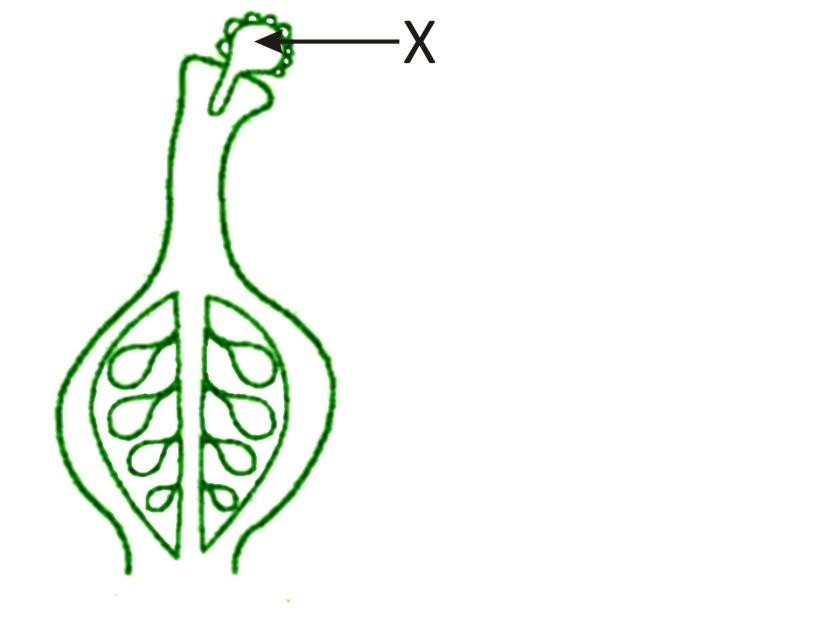
(a) An ovule before pollination, but after fertilization
(b) An ovule before fertilization, but after pollination
(c) A pollen grain before pollination, but after fertilization
(d) A pollen grain before fertilization, but after pollination
(i) The part labelled 'P' gives rise to fruit.
(ii) The part labelled 'R' is responsible for transfer of female gamete.
(iii) The part labelled 'Q' transforms into endosperm.
(iv) The part labelled 'Q' is male gamete.
(v) The part labelled 'R' carries pollen.
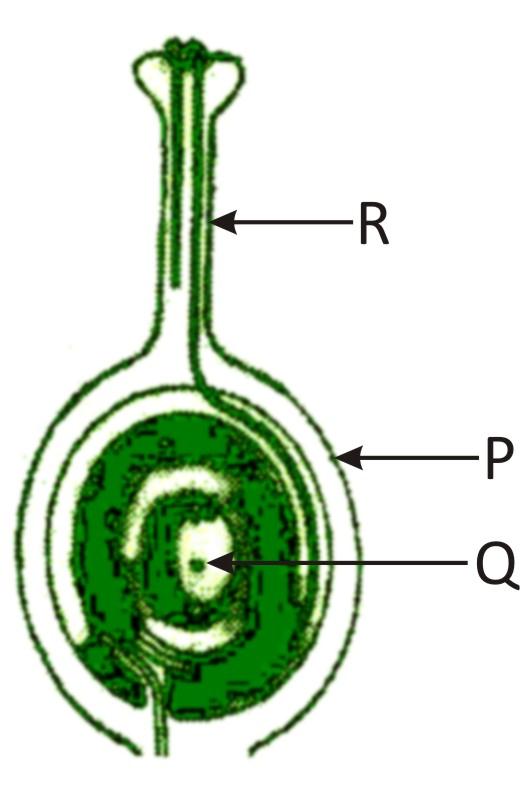
(a) (i) only (b) (i), (iii) & (v)
(c) (iii) & (iv) (d) (i) & (v)
(a) It produces more offsprings
(b) It ensures the survival of the species
(c) It preserves parental genotype
(d) It increases the variation among the offspring of an individual
(a) Previously dormant embryo is activated
(b) Cotyledons emerge above ground
(c) Hypocotyl or epicotyl emerges above ground
(d) Vascular tissue begins the transport of water and minerals.
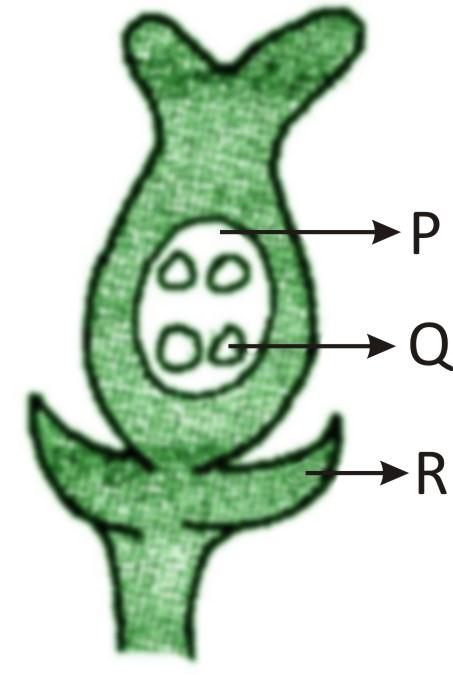
(a) P (b) Q (c) R (d) None of these
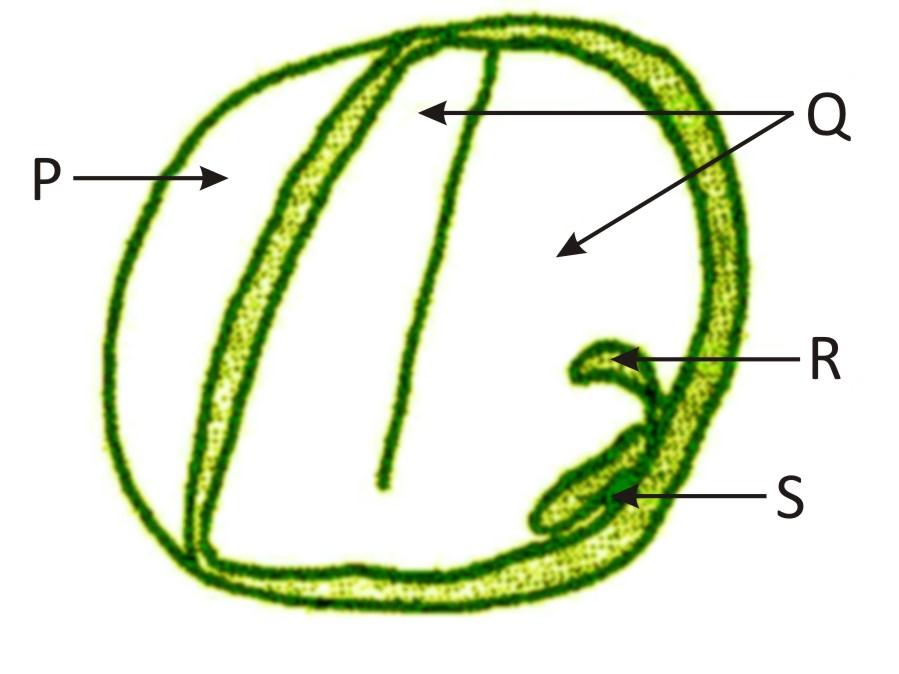
(a) P (b) Q (c) R (d) S
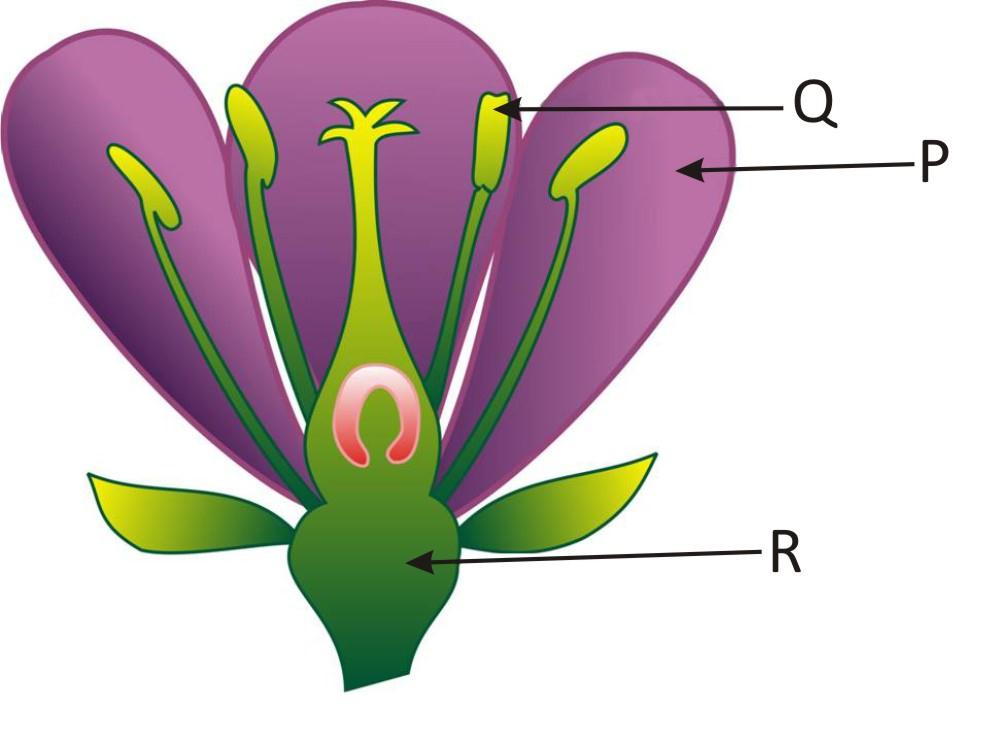
(i) The part labelled 'P' is a part of pistil.
(ii) The part labelled 'Q' is the male part of the flower.
(iii) The part labelled 'R' contains pollen.
(iv) The part labelled 'R' helps in fertilization of egg.
(v) The part labelled 'R' is a part of pistil.
(a) (ii) & (v) (b) (ii), (iii) & (iv)
(c) (ii), (iv) & (v) (d) (i), (ii), (iv)
(a) It is a process by which a cell divides to form two daughter cells
(b) It is a method of multiplying cell in which a bud grows from a parent cell and later breaks to form-a daughter cell.
(c) It is the formation of new cells
(d) It is the growth of the cell
Answer Key: